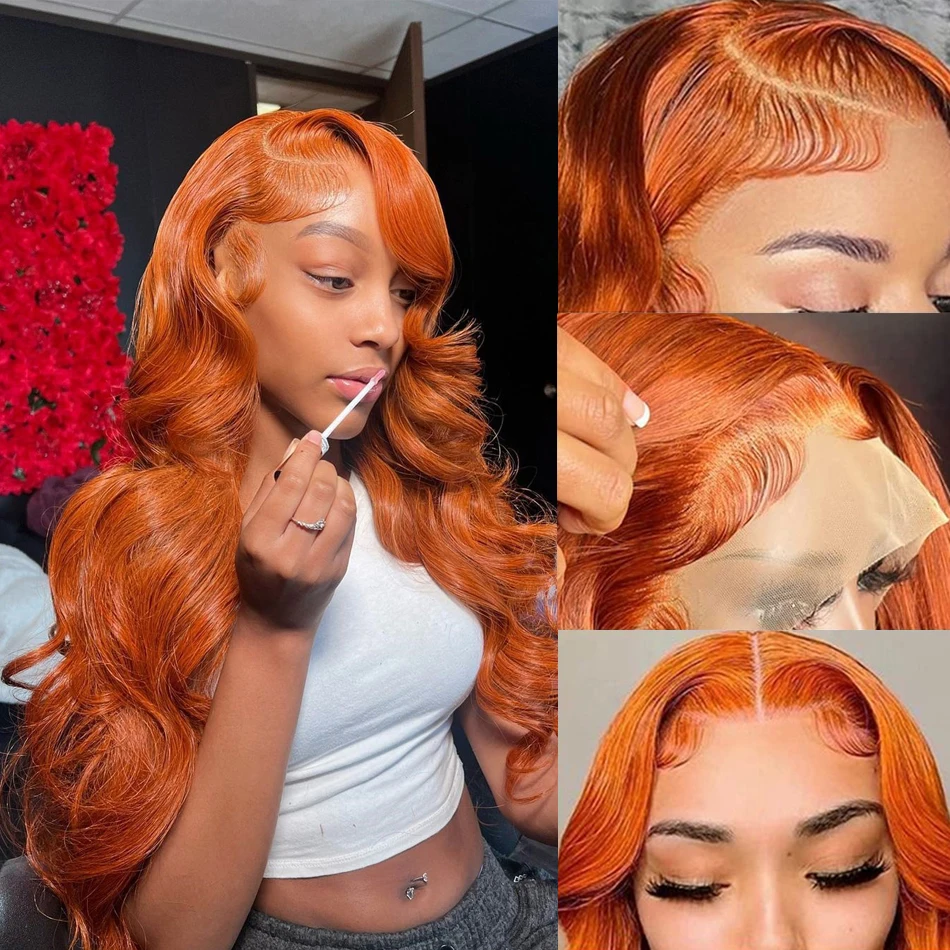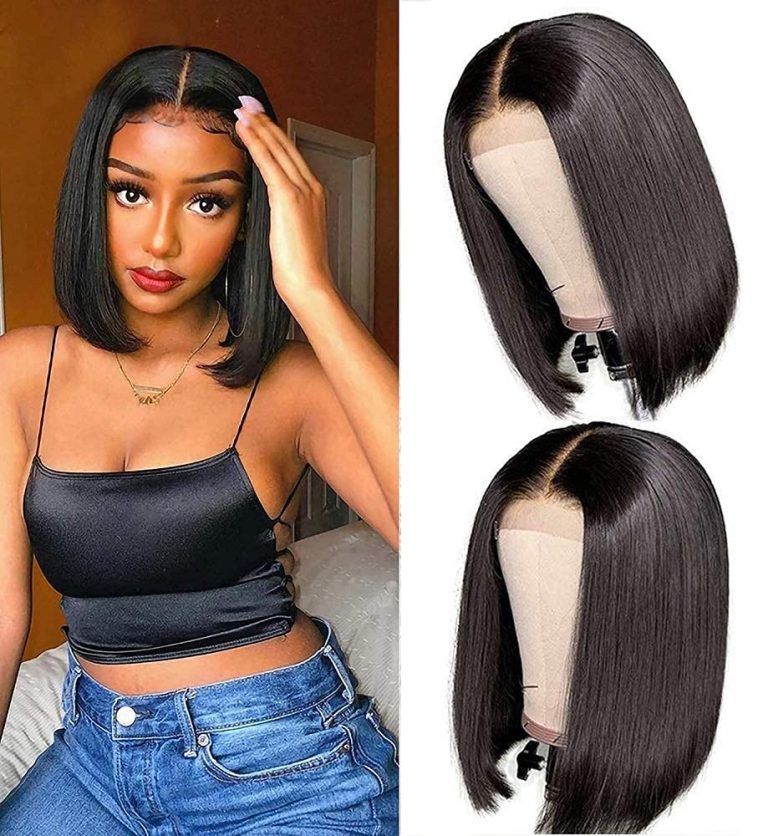
How to Make a Wig
The Art of Wig Making
Have you ever dreamed of creating your own custom wig from scratch? While it seems daunting, making wigs is an art anyone can learn. With the right tools and guidance, you can craft gorgeous hairpieces tailored to your wildest visions. Let’s dive into the fundamentals of designing homemade wigs!
Why Make Your Own Wigs?
These days, you can find ready-made wigs aplenty from beauty suppliers and online stores. So why bother with the DIY approach? Making wigs yourself provides unbeatable benefits:
Creative Freedom
Design your ideal wig with your preferred hair texture, color, length and styling. Express your individuality through custom hairpieces.
Total Control
From start to finish, you maintain full control over the construction process and materials used. No need to settle for ill-fitting or low-quality wigs.
Learning New Skills
Wig making builds highly valuable hairstyling and crafting techniques. It exercises creativity while teaching hair ventilation methods.
Cost Savings
While an initial investment in supplies, crafting wigs at home costs significantly less than buying premade, especially if making multiples.
Custom Fit Guarantee
Create the perfect sizing, hairline shape and cap construction to ensure a seamless, comfortable fit tailored to your head.
Getting Started: The Essentials
Ready to become a wig artisan? You’ll need to gather the following core supplies first:
Wig Head or Canvas Head Block
This styling head anchors the entire wig form as you construct it. Look for inexpensive canvas blocks online or from beauty supply stores.
Hair Bundles & Wefts
Opt for quality human hair or heat-safe synthetic fiber bundles to create the hair portion. Wefts leave out short hair for easy styling.
Mesh Cap or Stretch Cap
The cap foundation molds to your head for a snug, breathable fit. Look for soft mesh or stretchy nylon/spandex materials.
Lace Fronts (optional)
Add lace front sections at the hairline to create incredibly natural looking hair growth around the face.
Needle & Thread
Special wig needles allow threading and knotting the hair through the mesh or lace caps by hand.
Fabric Scissors & T-Pins
Sharp scissors cleanly trim the hair and caps. T-pins secure the cap on the head block.
Hair Clips & Combs
Use to section off hair neatly while knotting and styling.
Once you have these fundamental wig making tools, you’re ready to start creating!
The Core Wig Making Process
While there are countless ways to customize, here is the basic wig construction flow:
Measure & Cut the Cap
Use a soft tape measure to determine your head’s circumference. Cut the mesh or stretch cap about 1 inch larger for stretch.
Sew the Cap Base
Hand-stitch any open sections of the cap closed along the center back, sides and crown using a needle and thread.
Position & Pin on Block
Stretch and smooth the cap base evenly over the wig head surface. Secure with t-pins inserted vertically every few inches.
Add the Lace Front (if desired)
Sew or ventilate the lace front hairline piece around the front perimeter of the cap. Customize the shape then secure underneath.
Knot & Ventilate Hair
Hand-knot wefts or tracks of hair through the mesh/lace cap using a threading needle. Work in sections while alternating hair directions.
Style Hair As Desired
Use heat tools, products and cutting techniques once the hair is fully secured to create waves, curls, layers etc.
Finish & Customize
Carefully remove the excess cap material from inside and hide any knots with hair. Pluck and trim the hairline to perfection.

Tips For Professional Looking Wigs
The proper techniques are crucial for crafting wigs that appear natural and polished. Here are tips from the pros:
Go Slowly & Work in Sections
Don’t rush tying each hair weft. Working methodically in small segments keeps tension even for flawless blending.
Customize Hairline Shape
To frame the face flatteringly, cut your hairline into a customized curved or asymmetric shape around the perimeter.
Use Less Hair in Front
Keep the hair density light around the front edges. This allows for picture-perfect lace blending and versatile styling.
Add More Hair in Back
Focus your thickest hair bundle placements toward the back and crown areas where you want maximum fullness.
Double-Knot For Security
Double-knotting strands through the cap enhances durability and prevents hair from slipping out easily.
Conceal Knots Well
Any visible knots look unsightly. Strive to tuck them neatly beneath the surrounding hair for a clean finish.
With practice, tips from tutorials, and high-quality supplies, you too can craft show-stopping wigs with customized colors, textures and styles. The sense of pride in wearing a masterpiece you created with your own hands is incredibly rewarding.

Styling & Maintaining Handmade Wigs
Now comes the fun part – styling your beautiful new handmade wig! Quality synthetic fibers and human hair alike can be cut, colored and heat styled as desired (with proper protectants.) Invest in a styling head and rollers for perfecting curls and waves. Utilize wigs grips for amazingly sleek ponytails and updos.
Proper wig maintenance increases longevity, so gently brush and detangle after wear. Use cool water and sulfate-free products to hand-wash the hair regularly. Always store wigs on head blocks to hold their dreamy shape between wears.
Dive Into Endless Creativity
The world of wig making opens endless horizons for customized looks and artistic self-expression. Whether you desire cascading mermaid waves or an edgy neon shade, you can manifest your vision through handcrafted wigs. It’s an empowering skill that combines creativity with technical haircare expertise. Stretch your imagination and get wiggy with this rewarding artisan hobby. Crafting dream hairstyles you’ll cherish for years has never felt so special!
In conclusion, making a wig can be a fun and rewarding experience, allowing you to create a customized style that fits your individual needs. Whether you are looking to experiment with new hairstyles or seeking a more affordable alternative to pre-made wigs, making a wig with step-by-step instructions offers a practical and fulfilling solution.
With the right materials, tools, and guidance, anyone can create a wig that suits their unique preferences, from the type of hair to the cap construction. The process of making a wig is not only empowering but also allows for a deeper understanding and appreciation of the art of wig-making.



